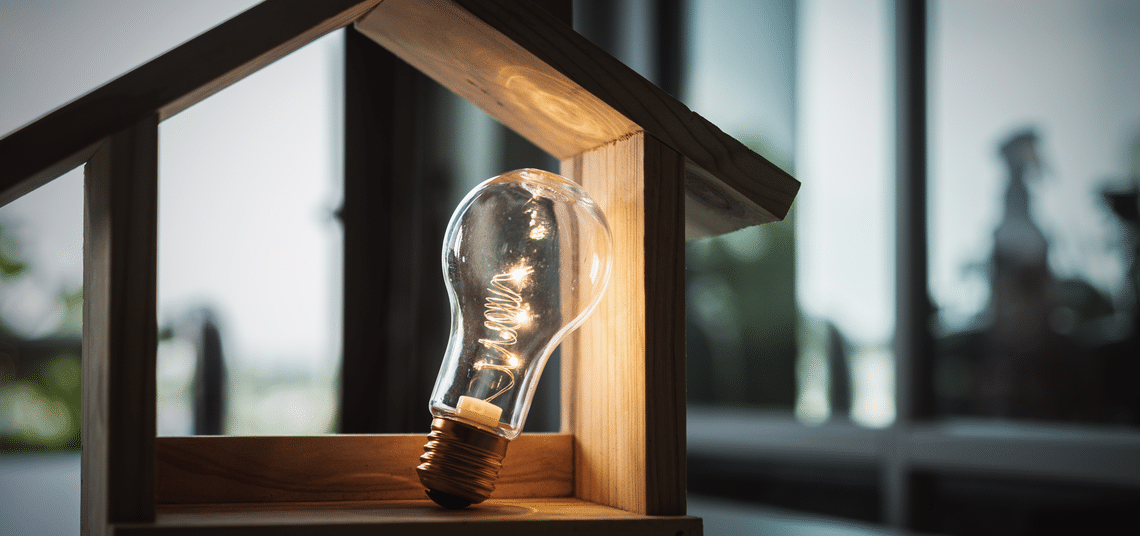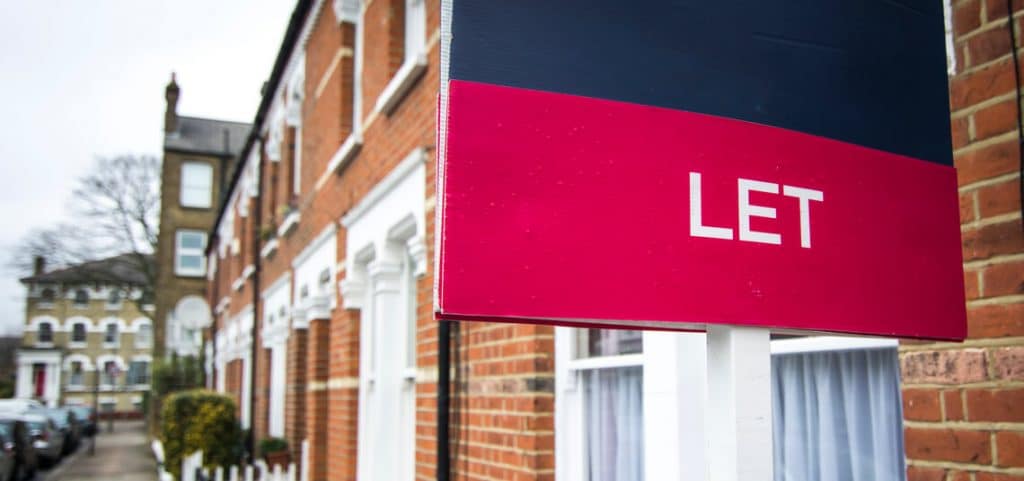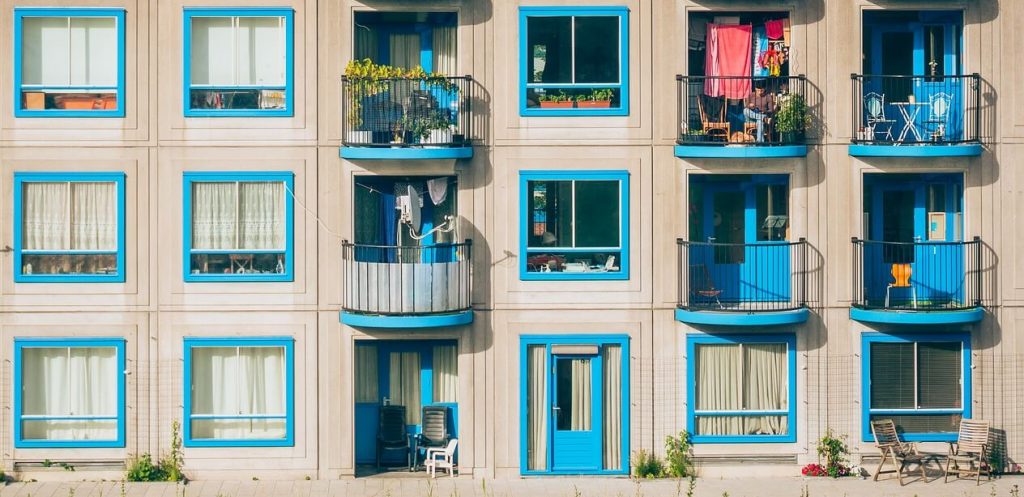The house buying process can take a lot of time and energy, but it’s not complicated when you know how! In this guide, we’ll take you through the stages of buying a house step by step.
1. Get your finances in order
Before you can start looking for a house to buy, you need to know how much you can afford to spend.
The amount you can afford to spend is influenced by:
- Deposit
- Income
- Credit score
Deposit
The deposit is the amount you pay for the house upfront. This is usually somewhere between 5-10% of the value of the property, but can be more.For example, to buy a house worth £200,000 you’d need a deposit of at least £10,000 (5%).
Depending on the location you’re looking to buy, you might need a very large deposit – the average semi-detached house in London cost £626,000 in April 2021. That would require a minimum £31,000 deposit. For this reason, you may want to start saving as early as possible, buy with a partner or ask a family member for assistance.
Income
Your income influences how much you can afford to borrow from a mortgage lender, like Molo. Usually, mortgage lenders will lend up to around 4.5 times your annual income. For example, if your annual salary is £40,000 then a mortgage lender might be prepared to lend up to £180,000.
Adding your deposit and maximum mortgage will give you a rough idea of how much you could spend on a house.
To get a more accurate idea of how much you could spend, get a Decision in Principle.
Credit score
A credit score is given to you by a credit scoring agency, such as Experian or Equifax. It indicates how likely you are to be able to repay a loan and is used by mortgage lenders to decide whether they’re happy to lend to you or not.
Although your credit score doesn’t influence how much a lender will lend to you, it does influence how likely they are to approve your mortgage.
Before starting on the path of viewing properties, make sure your credit score is healthy. You can do this by checking your score for free with many of the agencies. And if you find that your score is low, you can try to improve it by repaying any outstanding loans and avoiding taking any further loans before getting a mortgage.
Decision in Principle
A Decision in Principle (also known as a Mortgage in Principle or Agreement in Principle) is a certificate from a mortgage lender that effectively says “Based on what the borrower told us about their finances, we’d be prepared to lend this amount.”
If you’re buying a property to let and need a buy-to-let mortgage, you can get a Mortgage in Principle from Molo.
You can show the Decision in Principle to your estate agent to prove that you’re a serious buyer.
2. View properties and make an offer
These days, most property searches start online. The Rightmove and Zoopla property portals are good places to look, as most properties are listed there and you can easily filter by your criteria.
You can also approach estate agents directly by giving them a call or visiting their office. By giving your details to an estate agent, you’re more likely to hear about properties the day they’re listed (and in some cases, even before they’re listed).
Once you’ve found some properties you like the look of, you’ll want to arrange viewings. Make sure to write down your questions ahead of time so you don’t forget while you’re at the viewing. And if you view a house you really like, make sure to visit the area in the evening to get a good idea of what the street’s like after dark.
3. Make an offer
Once you’ve found your dream house, it’s time to make an offer. Before doing this, you’ll want to know how much other similar properties in the area have recently sold for.
Unfortunately, valuing a property is difficult because it depends on what others were willing to pay for theirs. But you can get an idea by looking at the Land Registry for average sale prices in the area, and checking Rightmove or Zoopla.
When you’re ready to make an offer, you can simply pick up the phone and inform the estate agent. They’ll pass on your offer to the seller and act as a liaison during any negotiation.
Once you’ve had an offer accepted on a house, congratulations! The next steps in the process of buying a house are all formalities from here…
4. Get a mortgage
A mortgage is a long-term loan on a property, and you can get one from a mortgage lender.
Lender or broker?
First, you’ll want to decide whether to go directly to a lender or to use a mortgage broker.
- Mortgage brokers may charge a fee, but will compare lots of mortgage deals for you.
- Mortgage lenders won’t charge a fee, but will only show you their own deals.
Some lenders have some great benefits of going direct. For example, it’s faster to get a mortgage directly with Molo, the whole process is online so there’s no paperwork, and you won’t have to wait for an appointment.
Fixed or variable rate?
You’ll also need to choose between the type of mortgage you want.
- A fixed interest rate deal will charge the same interest rate for a certain period (eg. 2 years)
- A variable interest rate deal may charge a different interest rate over time, depending on whether the Bank of England’s bank rate goes up or down.
Fixed rate deals can be a great way of protecting your outgoings from increasing over time. But variable rate deals can be lower than fixed rates, and may get even lower if the bank rate decreases (it could however increase if the bank rate goes up).
Repayment or interest-only?
Mortgages are loans that can be repaid in two main ways:
- Pay off the capital (the loan amount) and interest at the same time
- Pay only the interest each month, and pay the capital at the end of the mortgage term (usually 25-30 years)
Most residential property purchases are made using the first option, while many buy-to-let purchases are made using the interest-only option.
The mortgage process
To get a mortgage, you’ll need to provide:
- Proof of your deposit
- Evidence of your earnings
- Information about your income and outgoings
- Information about the property you’re planning to buy
The lender will send someone to the property to conduct a valuation (they may do this online) to make sure that the property is worth what you’ve agreed to pay for it. The process of getting a mortgage can be quite quick – some Molo customers have received mortgage offers in less than 24 hours.
5. Appoint a solicitor
While your mortgage application is in motion, you’ll want to appoint a solicitor (also called a conveyancer) to deal with the legal aspect of buying the property.
The solicitor will:
- Liaise with the seller’s solicitor
- Ask you to sign various legal documents
- Make the necessary checks with the Land Registry
- Make the necessary checks with the local council
- Arrange a completion date
- Assist with the final payment transaction
This part of the process takes the longest amount of time, usually between 8-12 weeks. And it will usually cost around £1,000 to £1,500.
6. Appoint a surveyor
After your offer has been accepted, and before you’ve paid for the property, it’s usually recommended to appoint a surveyor to check the quality of the building.
There are various levels of survey, from a basic check of structural integrity to an in-depth assessment of everything that’s physically accessible.
A survey can cost between £400 and £1,400 and is done within a day, though you’ll need to book ahead.
If the surveyor identifies any issues that may impact what you think the property is worth, you can lower your offer. The seller can, of course, accept or decline.
7. Agree a completion date
This is the last stage of buying a house. Once your mortgage is agreed, the solicitor has completed all checks and paperwork, and you’re happy with the surveyor’s report, your solicitor will ask you to sign the final contract. At this point, you can’t back out of the purchase without paying a hefty penalty.
Once the contract is signed, a completion date will be agreed by you and the seller’s solicitor (with your input). This is the date when you’ll receive the keys and become the official owner of your property!
Buying a house timeline
Lots of things can impact the length of time it takes to buy a house. A mortgage application could take a day or more than a month, depending on the lender you choose. And you’ll be reliant on the seller being proactive and not delaying the process. There might even be circumstances outside of your control which can slow down the process of buying a house, like an increase in the number of property transactions and the resulting Land Registry backlog due to the rush to complete by a tax-saving stamp duty deadline (as seen in June 2021).
Usually, the time between having an offer accepted on a house and getting the keys in your hand should take less than four months. But as mentioned, this can vary greatly.



